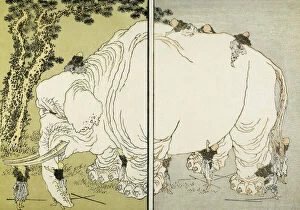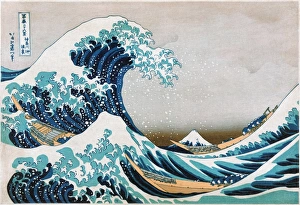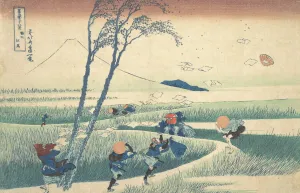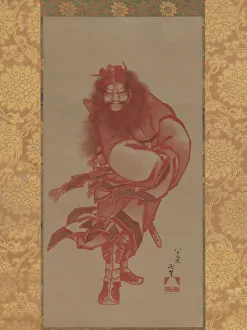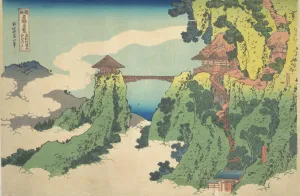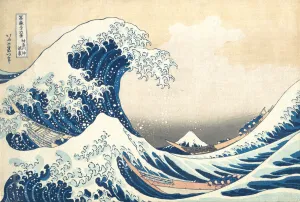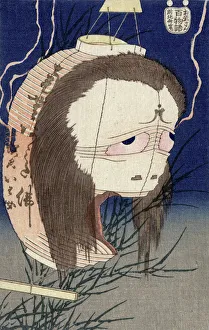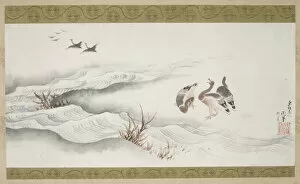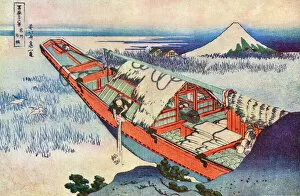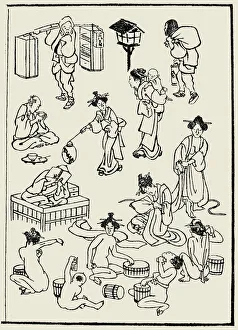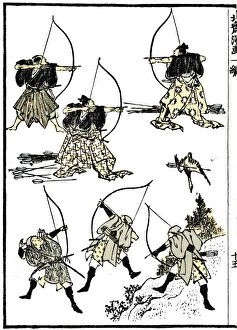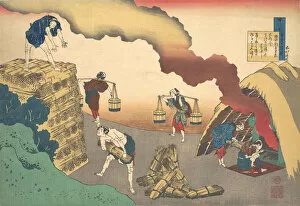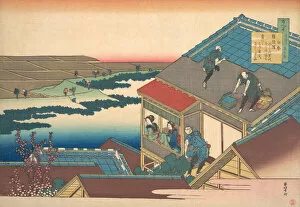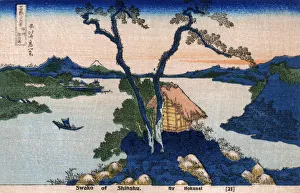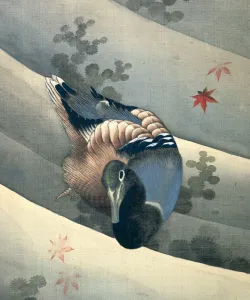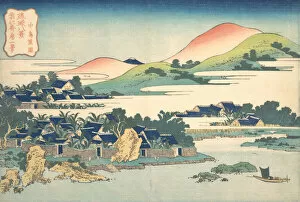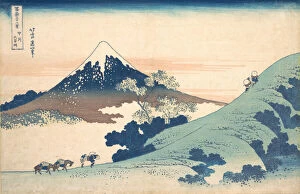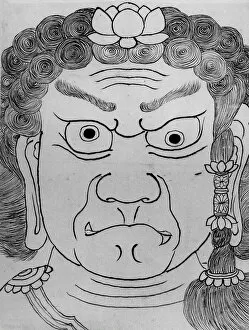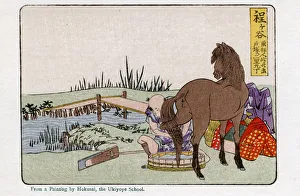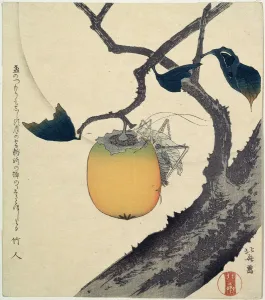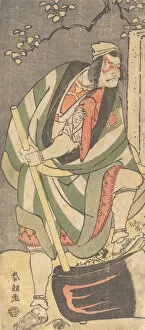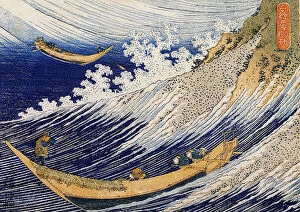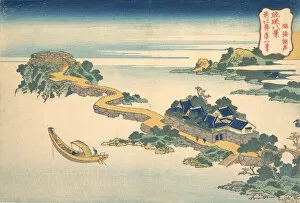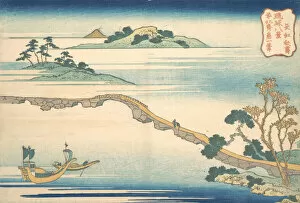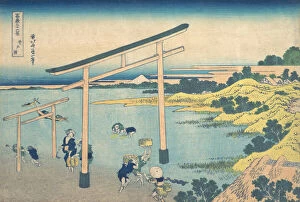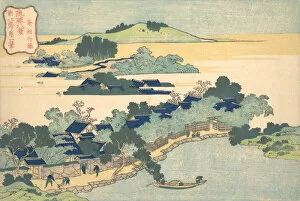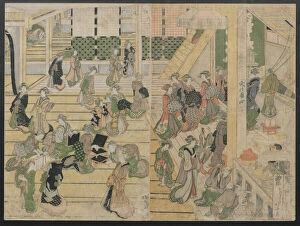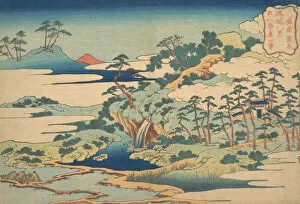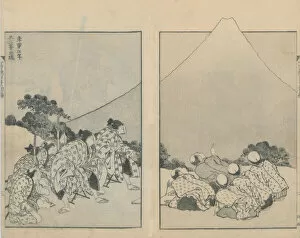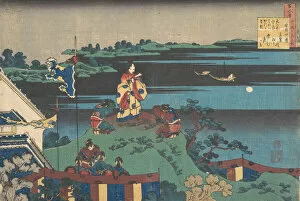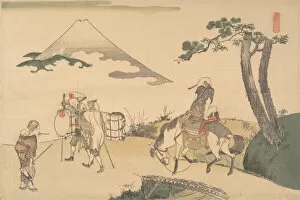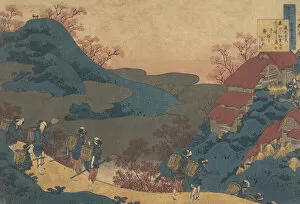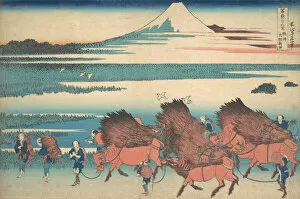Katsushika Collection
Katsushika, a name synonymous with the iconic Japanese artist Hokusai and his mesmerizing woodblock prints
All Professionally Made to Order for Quick Shipping
Katsushika, a name synonymous with the iconic Japanese artist Hokusai and his mesmerizing woodblock prints. From "The Blind Men and the Elephant" to "Under the Wave off Kanagawa, " Katsushika's art captures the essence of Japan's rich cultural heritage. In 1817, Hokusai unveiled "The Blind Men and the Elephant, " a woodblock print from his renowned Manga series. This masterpiece depicts various blind men touching different parts of an elephant, symbolizing how perception varies depending on one's limited perspective. Another captivating work by Katsushika is "The waterfall of Amida behind the Kiso Road. " Created in 1832, this print showcases a majestic waterfall cascading down as travelers journey along the famous Kiso Road. It beautifully portrays nature's grandeur intertwined with human existence. One cannot mention Katsushika without mentioning his most celebrated piece – "The Great Wave. " Crafted around 1830, this color woodcut features brave men navigating treacherous waves near Kanagawa while Mount Fuji stands tall in the background. Its dynamic composition and vivid colors make it an enduring symbol of resilience against nature's forces. Ejiri in Suruga Province presents another breathtaking scene from Hokusai's Thirty-six Views of Mount Fuji series. With meticulous detail, he captures Ejiri's serene beauty as people go about their daily lives amidst lush landscapes and distant mountains. Hokusai also delves into mythology with works like "Red Shoki, The Demon Queller. " Painted in 1847, this depiction showcases Shoki subduing evil spirits through his fierce gaze and powerful presence—a testament to Japan's folklore traditions. "The Hanging-cloud Bridge at Mount Gyodo near Ashikaga" transports us back to late 18th-early 19th century Japan. This tranquil setting invites contemplation as we imagine crossing this bridge suspended among ethereal clouds, connecting the earthly realm to the spiritual.

